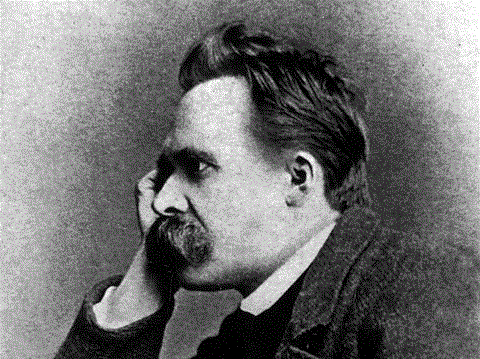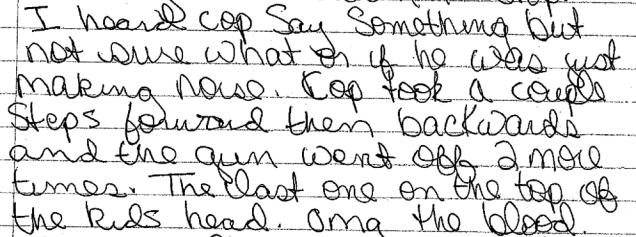Jack Webb’s seminal cop show Dragnet, which first ran on television through most of the ’50s, was known for its gritty realism. In every episode, the show’s robotic, laconic lead, Detective Joe Friday, would navigate the seedy underworld and eventually get his man.
Though Dragnet rivaled only I Love Lucy in popularity, Webb pulled the plug on the series in 1959. But he couldn’t stay away. In January 1967, Webb launched a reboot of Dragnet. This time, Friday, quite possibly the squarest person on the planet, takes on youth culture. Case in point, the series’ inaugural show, which you can watch above, where Friday and his new partner Bill Gannon stumble upon that strange new societal scourge LSD. Incidentally, this is also the first episode of Dragnet to be shot in color. Make of that what you will.
When Friday and Gannon investigate a complaint about someone eating bark, they discover a teenager who painted his face Braveheart-style and is babbling about the pilot light at the center of the Earth. This is Blueboy AKA Benjamin Carver and clearly, he is tripping. He’s also selling lousy acid to Marcia Brady look-alikes.
The show is a fascinating time capsule on a number of levels. First, this episode was made while LSD was still legal. (Acid was banned California in October 1966. Not long, one imagines, after the episode was shot.) Friday and Gannon shake their heads in frustration over their legal impotence, especially later when they discover Blueboy dead from an overdose. Just in case you didn’t get the show’s moral (drugs = bad) Webb lards the episode with terrifying facts about the drug. “LSD is so potent that a single pound of the preparation can turn every person in Los Angeles county into a total psychotic. The population of the county – seven million people.”
Media critic Michele Hilmes argues, however, that the show might just be speaking out of both sides of its mouth. To an older generation, Dragnet is a cop show preaching law and order. To the younger generation, Webb’s heavy-handedness crosses the line into parodic camp.
Jack Webb so embodied the role of Joe Friday that he all but became the LAPD in the popular imagination. When Webb died in 1982, he was buried with full police honors and his badge number, 714, was officially retired from the force. It’s curious that a cop so unrelentingly smug would become the paragon of LA’s finest.
Thom Andersen memorably summed up the series in his seminal essay film Los Angeles Plays Itself. “Dragnet admirably expressed the contempt the LAPD had for the law-abiding civilians it was pledged ‘to protect and to serve.’ It protected us from ourselves, and it served us despite our best efforts to make the job more difficult. … Friday’s heavy-handed irony never lets up. None of the witnesses or suspects he questions penetrates his wall of condescension. Of course, Dragnet isn’t a documentary portrait of the LAPD, and its detectives weren’t really like Joe Friday. What’s scary is that he represented the department’s ideal.”
According to Andrew Graham’s Dragnet blog, TV Guide voted this episode #85 on its list of the greatest TV episodes of all time.
Related Content:
Artist Draws Nine Portraits on LSD During 1950s Research Experiment
Watch The Bicycle Trip: An Animation of The World’s First LSD Trip in 1943
Ken Kesey’s First LSD Trip Animated
Jonathan Crow is a Los Angeles-based writer and filmmaker whose work has appeared in Yahoo!, The Hollywood Reporter, and other publications. You can follow him at @jonccrow. And check out his blog Veeptopus, featuring lots of pictures of badgers and even more pictures of vice presidents with octopuses on their heads. The Veeptopus store is here.




